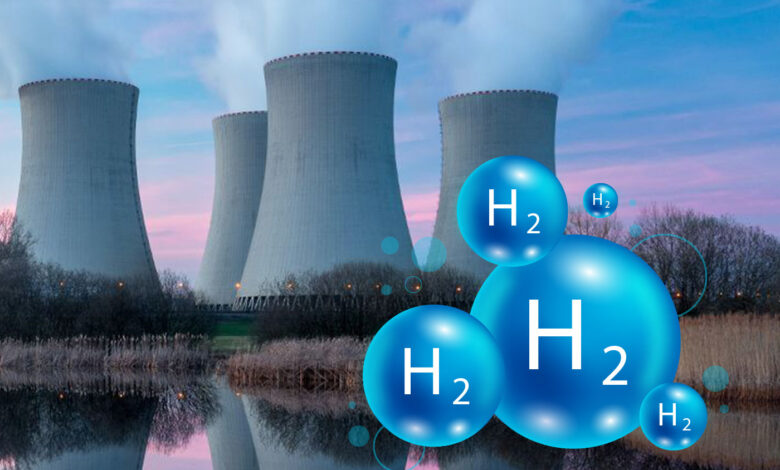
We can transport, store and use clean hydrogen as fuel, which is produced in large quantities and cheaply. Other uses of hydrogen include trains, long-distance trucks, airplanes, ships, and mixing into the natural gas network.
After the Fukushima nuclear disaster, Japan closed its nuclear power plants and turned to natural gas and coal. Of course, in the past decade, the need to switch to renewable energy has outweighed, and it has begun to look for ways to safely utilize nuclear energy, which is considered the new renewable energy.

Nuclear Energy Will Be Used To Produce Hydrogen
After the Fukushima Disaster in 2011, all of the reactors in the country were shut down – including a 30 MW test reactor built in 1998. It is planned to establish a hydrogen production center that will operate with the heat produced by the reactor in the annex building to be established next to this reactor.
By collaborating to combine the Japanese Atomic Energy Agency and Mitsubishi Heavy Industries’ knowledge, water is able to be broken up into hydrogen and oxygen without relying on electricity. This separation process occurs at a high temperature of about 850 – 950 °C due to chemical catalysts that quickly break apart the vaporous water molecules.
It Can Reduce Hydrogen Energy Costs Significantly
Hydrogen offers a range of possibilities, one being the combination of up to 20% hydrogen in natural gas lines that we use at home with no adverse effects. Additionally, long-distance ships, trucks, airplanes, and trains can be rebuilt to run on hydrogen instead of fossil fuels; this could help reduce carbon emissions significantly. Cars can transition to using hydrogen with the help of a rechargeable battery plus a hydrogen fuel cell hybrid or run solely from their batteries. On top of that, miniature high-temperature (1000 °C) production factories for steel-making – which requires incredibly intense heat – are now achievable.




